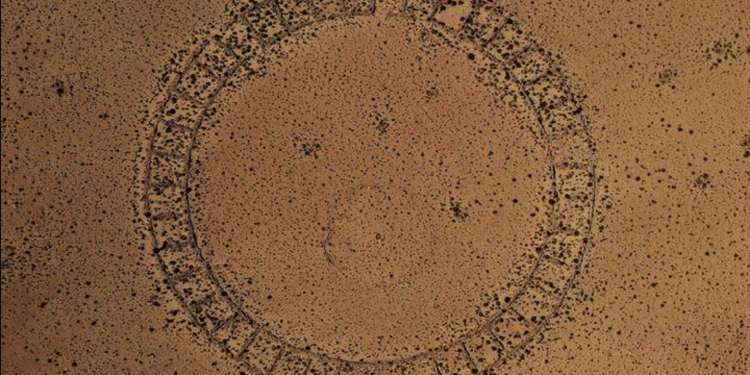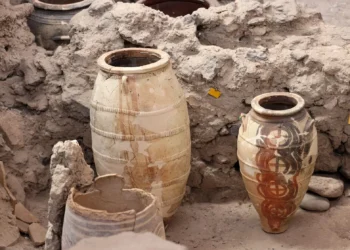Archaeologists Discover 135 Hilltop Sites and Waskiri, a Unique Circular Construction
Unearthing Pre-Hispanic Ritual Landscapes in Bolivia
Recent archaeological research in Carangas, Bolivia, has brought to light numerous pre-Hispanic religious sites and structures, revealing a rich ritual landscape in the central-southern Andean highlands.
A Dense Network of Hilltop Sites
Researchers have discovered 135 noteworthy hilltop sites, mostly associated with former agricultural production areas. The structures were identified using both ground-based observation and satellite imagery, revealing concentric walls on various terrace levels around each hilltop. Pre-Hispanic pottery fragments are present at all sites.
Ceremonial Structures and Pottery Fragments
The lead author of the study, Pablo Cruz, explains that most of the pottery fragments correspond to bowls, plates, and jars, indicating their use in commensal and ritual practices. These sites share some defensive characteristics with the pre-Hispanic occupation sites called pucarás, but there is little evidence that they were residential.
The Inca Influence on Ceremonial Spaces
During the Late Intermediate Period, these ceremonial spaces were constructed and later repurposed by the Incas. The features of these spaces align with descriptions of huacas and their sanctuaries by Spanish clergymen and chroniclers during the Colonial Period.
A Unique Site: Waskiri
Co-author Richard Joffre highlights Waskiri, an impressive circular construction near the Lauca River and the Bolivia-Chile border. The site, with its large dimensions and regular design, features a perimeter ring of 39 contiguous enclosures surrounding a central plaza. Pottery shards from the Late Intermediate and Late Periods are scattered across the site.
Waskiri: A Pre-Hispanic Ceremonial Center
The Waskiri ceremonial center is an extraordinary discovery in the Andes’ sparsely populated desert region, exhibiting unique characteristics in the pre-Hispanic Andes. The first reference to Waskiri might be found in the chronicle of evangelizing priest Bartolomé Álvarez, who documented Carangas in the 1580s.
Significance of Waskiri’s Design
Waskiri’s design, with 39 perimeter enclosures around a central plaza, could have facilitated the gathering of regional authorities and their entourages. Its location in a desert area, away from pre-Hispanic settlements or agricultural sectors, may have contributed to its use as a regional ceremonial center in a neutral or common space.
Inca Ceques and Waskiri’s Radial Walls
Waskiri’s central position in the region’s religious cartography and its radial design, connected to the main sacred mountains and religious landmarks, reflect the Inca ceques system. Pablo Cruz suggests that Waskiri’s radial walls resemble the Inca ceque system in Cuzco, providing evidence that the Incas replicated Cuzco’s symbolic structure in colonized regions.
PLEASE READ: Have something to add? Visit Curiosmos on Facebook. Join the discussion in our mobile Telegram group. Also, follow us on Google News.











